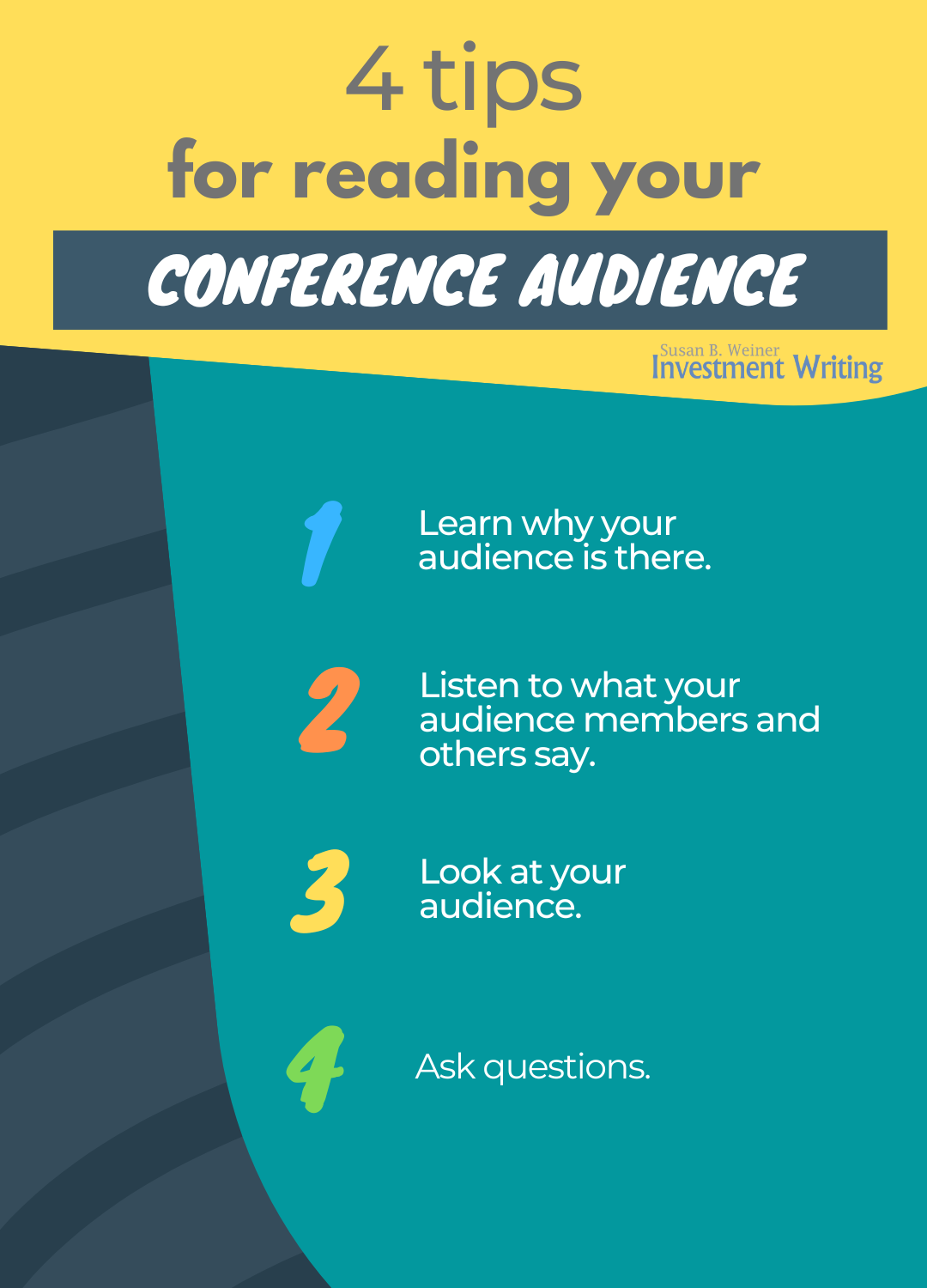The Six Keys to Confident Presenting
Beverly Flaxington knows the investment and financial advice industry and she knows how clients and prospects think. I still remember how her explanation of personality types riveted the audience at a Boston Security Analysts Society presentation that I organized. I’m delighted to feature her advice below.
The Six Keys to Confident Presenting
By Beverly D. Flaxington
There are many very smart people in the investment business. It takes a lot of dedication, intelligence and discipline to obtain a CFA, or CFP or other investment industry
designation. Unfortunately when it comes to delivering the knowledge to others, many very smart people are sorely lacking in their ability to communicate effectively.
As a college professor I watch students struggle with this, and as a consultant and coach to the investment industry I watch advisors and portfolio managers, among others, struggle with this daily. It’s important to know how to communicate, and how to present because excellent information can get lost on the audience.
There are six keys to confident presenting to think about before the next presentation of any type, to one person or to many, you need to make:
(1) Know why. Think about what you want as an outcome. Why are you delivering this material? Don’t just focus on content, think about purpose.
(2) Know who. What is the make-up of your audience? What do they already know about what you are presenting? If you can research before the presentation, it’s great but even during the presentation ask for a show of hands of how many people know certain information. Or go around the room and ask what people know, and what they want to learn.
(3) Create flow. This means chunking the information down. Have sections, or groups of material. Too many times a presentation is a mish-mash of all kinds of data, charts and background information. Look at your information for themes and categories.
(4) Provide context. Adult-learning principles tell us that adults learn best when they can interpret information through a lens that they understand and recognize. Show the audience why they should care and the “so what?” about the material Don’t ask them to figure it out, make the link for them.
(5) Understand your style of communication and that of your audience. Talk fast but your audience is more slow and thoughtful? Modify, and match to your audience.
(6) Provide closure. What do you want the audience to do as a result of your presentation? What’s next from the meeting? What is the follow-up? State it. Get commitments.
Review your next communication in light of the six steps and see if there is anywhere you can improve for greater success.
Beverly is co-founder of The Collaborative and Advisors Trusted Advisor, consulting businesses devoted to the financial services industry. She is a human behavior expert, a college professor, an award winning and bestselling author and investment industry expert.

